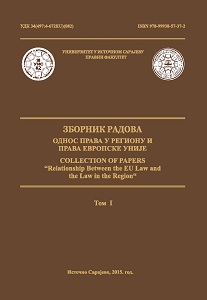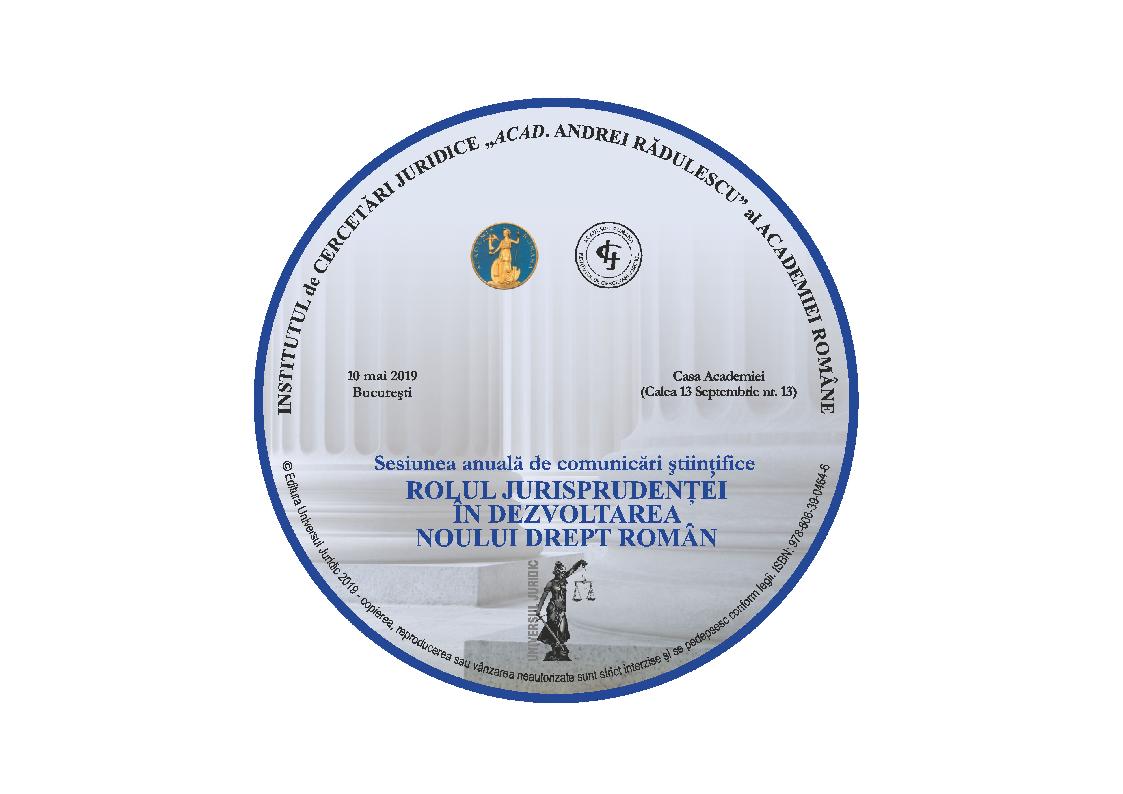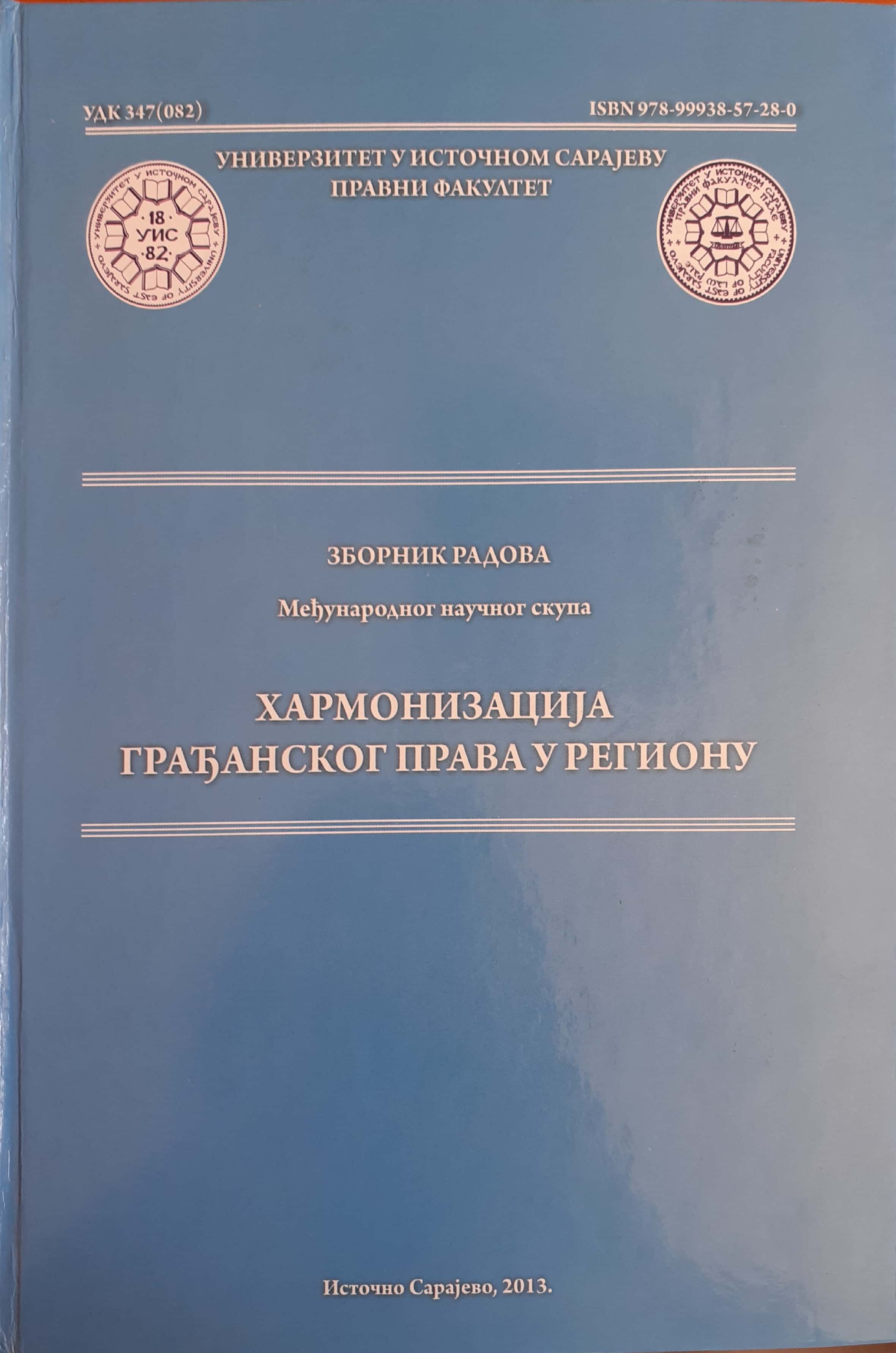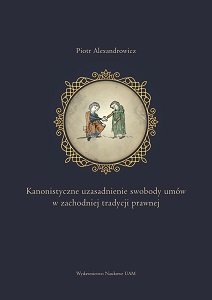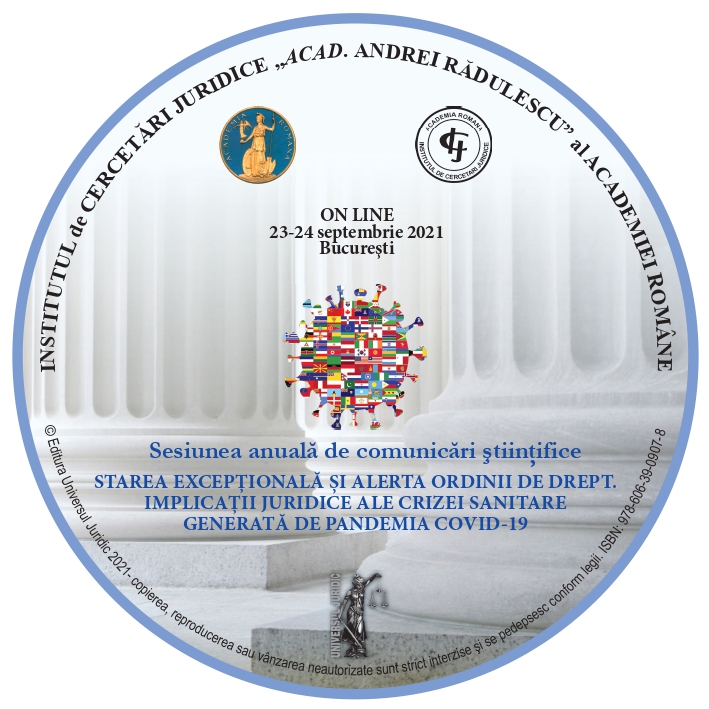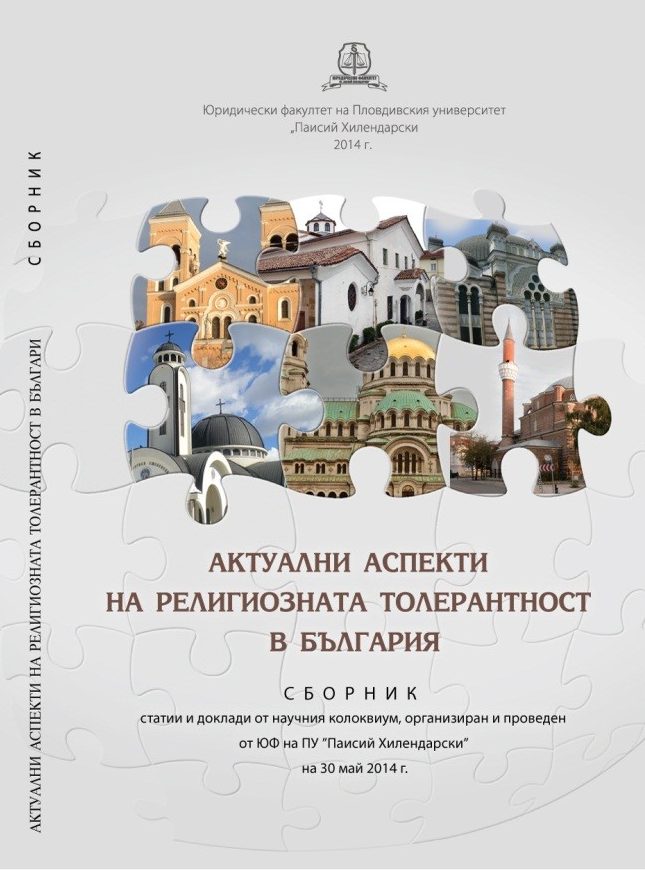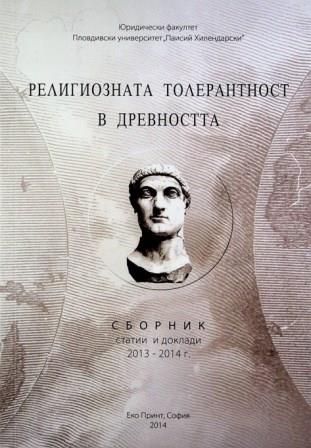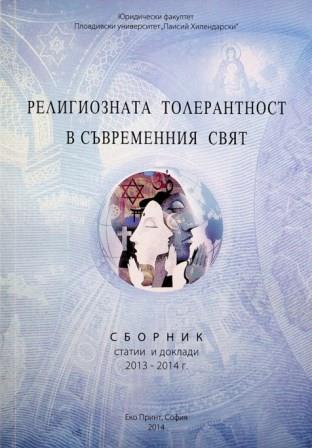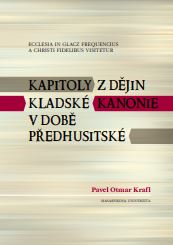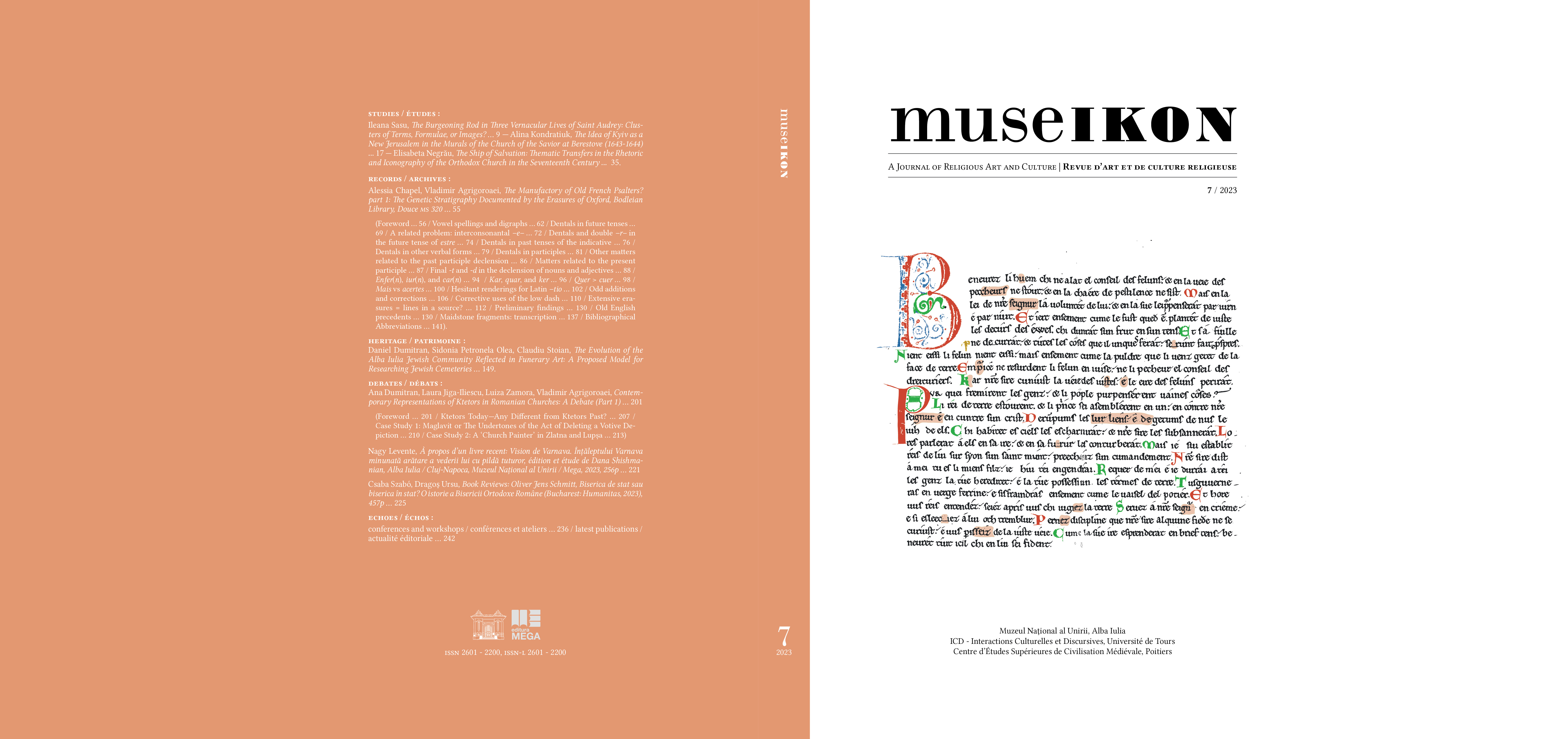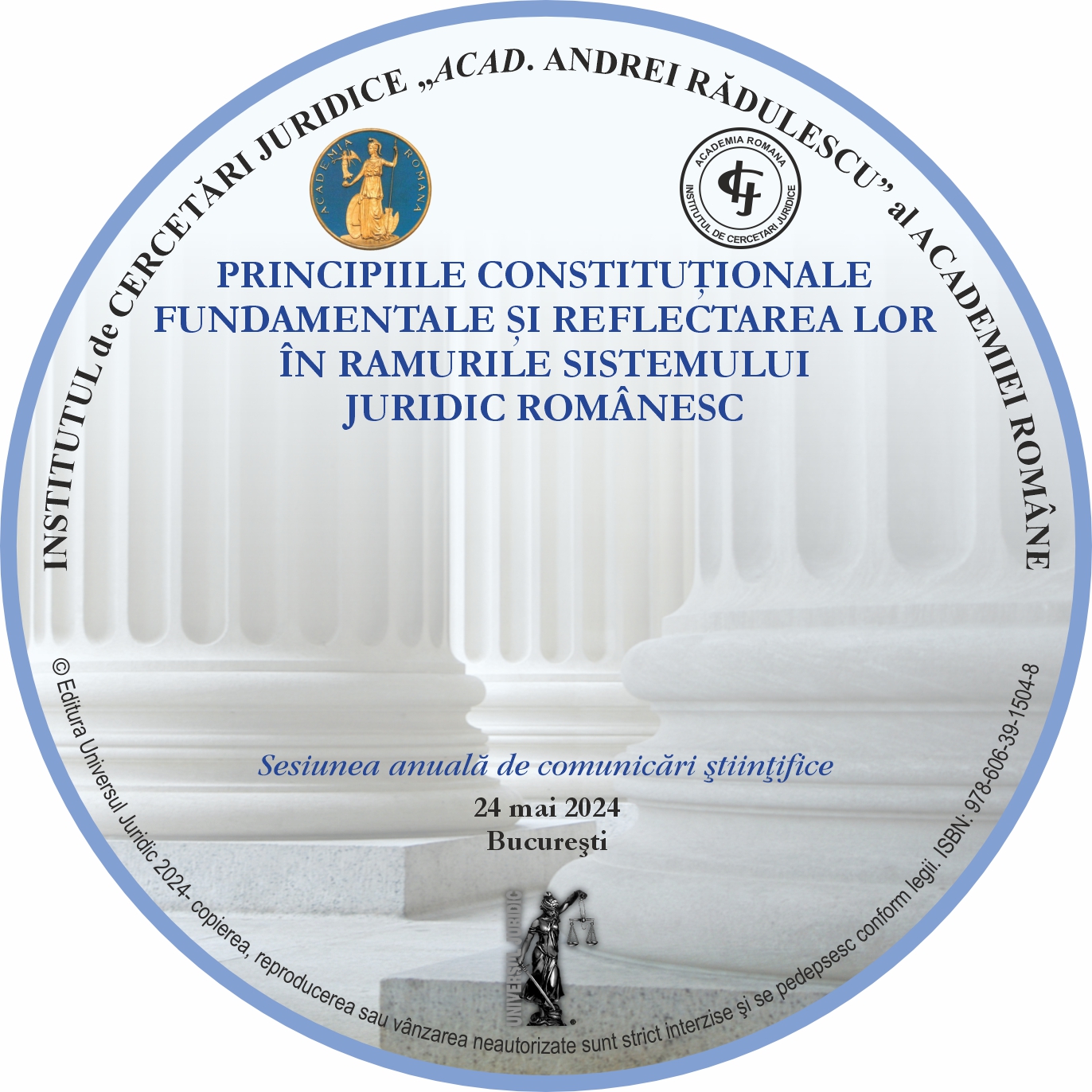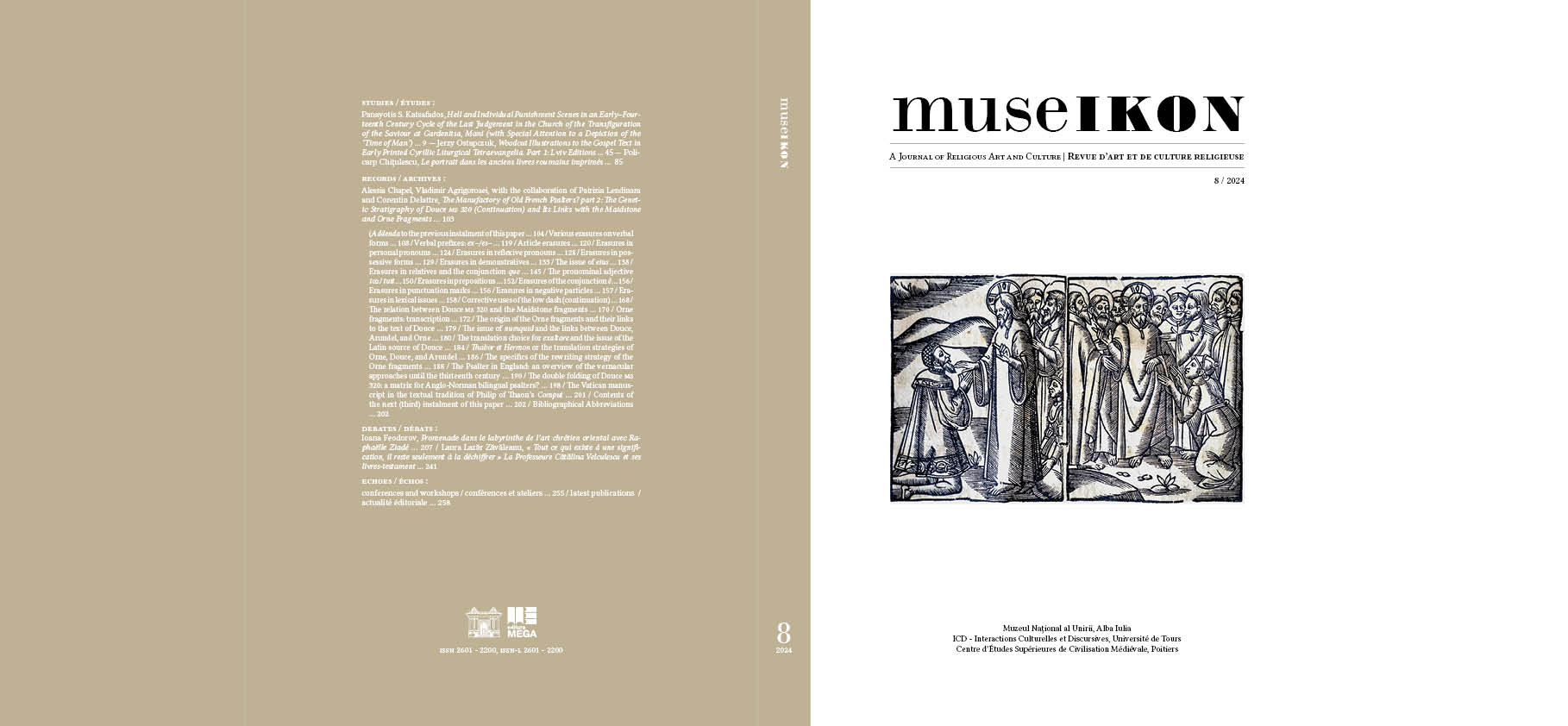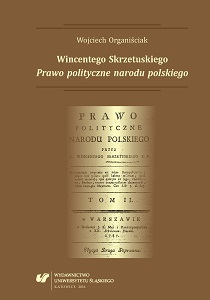
Wincentego Skrzetuskiego „Prawo polityczne narodu polskiego”
The Polish Piarist, Wincenty Skrzetuski, who lived in the years 1745–1791, was a notable historian, lawyer, political writer, teacher and translator of the period of the reign of Stanisław August Poniatowski. His more important works include Mowy o głownieyszych materyach politycznych (Speeches about the more important political issues) and the historiesof Sweden and ancient Greece. In his works Skrzetuski repeatedly made reference to moral and ethical problems, setting himself the goal of educating a good citizen who combined a Christian worldview, humanitarian, Enlightenment ideas, modern concepts associated with the natural law as well as ethics based on rational foundations. Skrzetuski remained under the pervasive influence of the republican ideology of Mably and Rousseau as well as other Enlightenment thinkers whose most prominent representatives included Montesquieu and Beccaria. The most important work of Skrzetuski which was published in the years 1782–1784, was Prawo polityczne narodu polskiego (The political law of the Polish people). The Piarist popularised the image of the political system and the law of the Polish Republic which wasvalid before the Four-Year Sejm by advocating the necessity of further political, social andeconomic reforms in the state of the noblemen. Skrzetuski partially based his work on theerudite work by Gottfried Lengnich entitled Ius publicum Regni Poloniae, which he enhancedby including new solutions introduced into the political system in the Polish Republic after1764. The analysis of the Political law of the Polish people that was conducted in the substantial dissertation enables us to claim that this was a sound compendium of knowledge about the political system of the Polish Republic of noblemen which in some of its parts had the afeatures of a political treatise. In the textbook which was used in the schools which were subject to the Commission ofNational Education Skrzetuski presented a wide range of issues which referred both to the political, social and economic system as well as to the court system. Similarly as for Montesquieu, for the Polish Piarist political law was that branch of law which regulated the system of governance. According to Skrzetuski, the political law consisted in the following: the way of exercising legislative, executive and judicial power, public sessions and the laws and duties of all estates, the functioning of various organs and offices, religion, the treasury, the army, trade, the people as well as the treatises and agreements with other countries.The analysis of the Political law of the Polish people that was conducted in the dissertationenables us to claim that the Piarist presented his own opinions and postulates of reform, which frequently were a continuation of the opinions and thoughts of the political writers who preceded him, including the prominent figure of Stanisław Konarski. An analysis of the opinions of Skrzetuski enables us to grant him a prominent place among the Polish politicalwriters of the period of the reign of Stanisław August Poniatowski, especially those whowrote before the Great Sejm – the supporters and even the proponents of certain reforms.
More...
